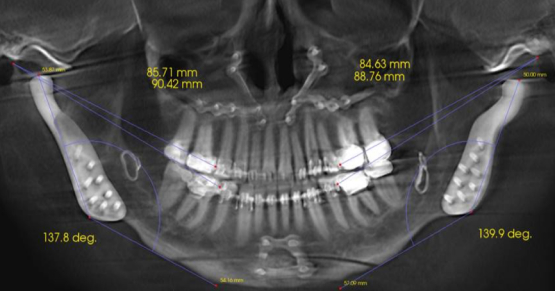How to Take Yes for an Answer
Every practice has a protocol for its “new patient experience” with first-time visitors. It’s such a crucial subject that I have spent a considerable amount of time breaking down the elements of a well-crafted first visit in workshops, articles, and an e-book.
Let’s assume that creating value in the right way for a new patient is something you and your team pay special attention to and have become good at. What happens when a patient responds to your efforts to influence their thinking about dentistry and dental health in general, and to you and your office in particular?
The first step is to acknowledge that this is happening. There are several things a patient might say that are clues indicating they are interested in moving forward with comprehensive care. They might remark on how far dentistry has advanced over the years and how unaware they were of those changes.
When you discuss the possibilities for their dentistry, they might say something like, “I hadn’t considered that change was even possible before, but I would definitely like to see that changed.” They might say, “Sounds great, but how much would that cost?” If they are considering the investment, it means they are thinking about value and starting to weigh how they can arrange the financial commitment.
When you hear expressions of interest like this, it’s important to do what you can to capture that vital early momentum.
If you have not already planned for complete records at this visit, you can streamline the plan for today to allow enough time to collect the necessary records, such as photos. It’s also necessary to build on their expectations by explaining that when they return for their next appointment, you’ll take the time to walk them through the possibilities, outline their goals, and discuss the options to achieve those goals, as well as the associated costs.
If the change to today’s schedule is impossible, you could have them return soon for a complete records visit, or make that process part of an extended hygiene visit with a subsequent appointment for the consultation.
The action you take depends on how you perceive the situation. The important thing is recognition that you have accomplished the first step with the patient: creating enough value to get them thinking about comprehensive care. This is a significant achievement in itself, but what happens next is a reflection of your ability to build on that value promptly; it’s usually a reasonably easy thing to do.
After all, you are not asking for a commitment to treatment; you’re asking for permission to collect more information so you can have a deeper discussion about possibilities. If they have expressed curiosity, that is one small step, but it can represent a giant leap in their dental care journey.
SPEAR campus
Hands-On Learning in Spear Workshops
With enhanced safety and sterilization measures in place, the Spear Campus is now reopened for hands-on clinical CE workshops. As you consider a trip to Scottsdale, please visit our campus page for more details, including information on instructors, CE curricula and dates that will work for your schedule.

By: Imtiaz Manji
Date: February 17, 2014
Featured Digest articles
Insights and advice from Spear Faculty and industry experts


